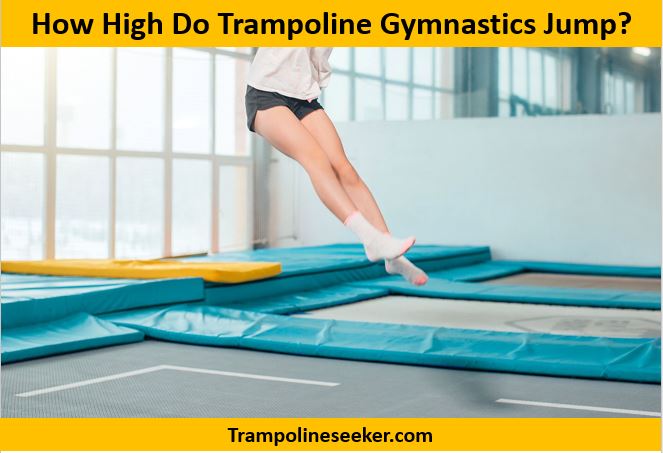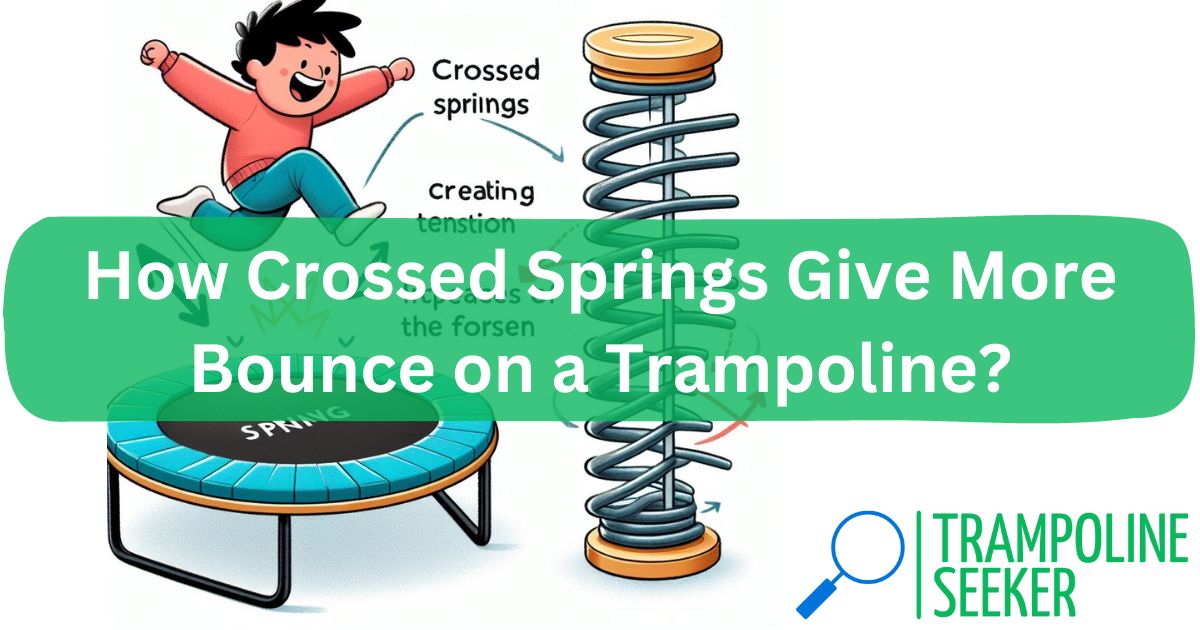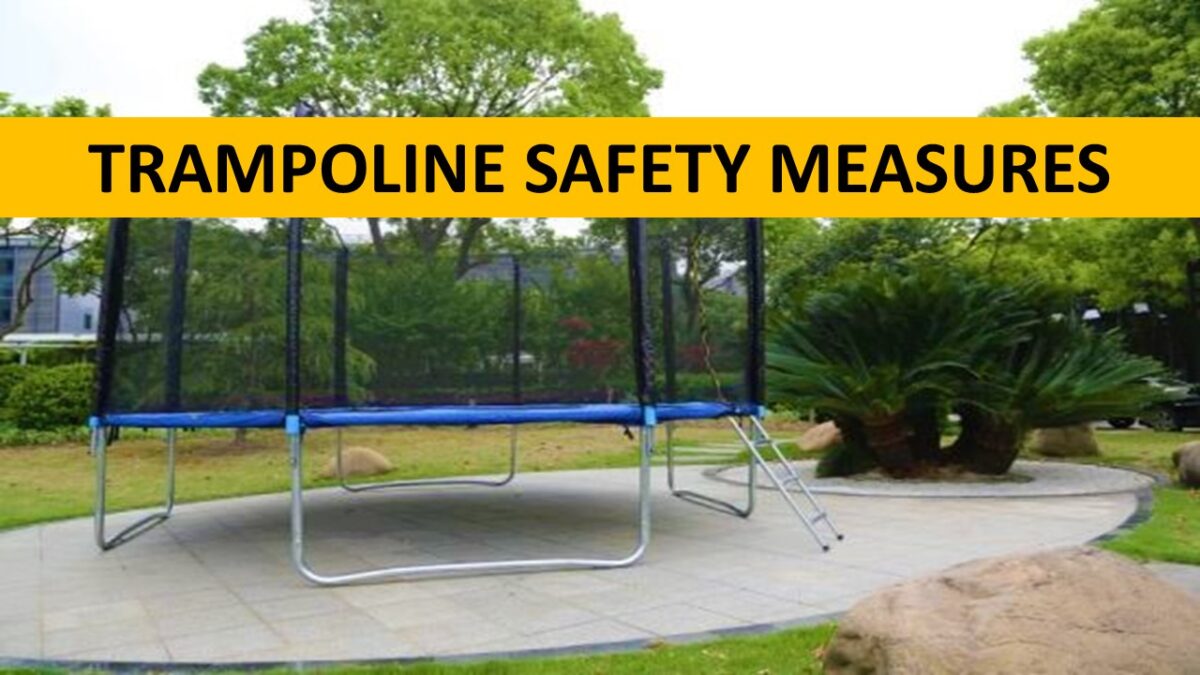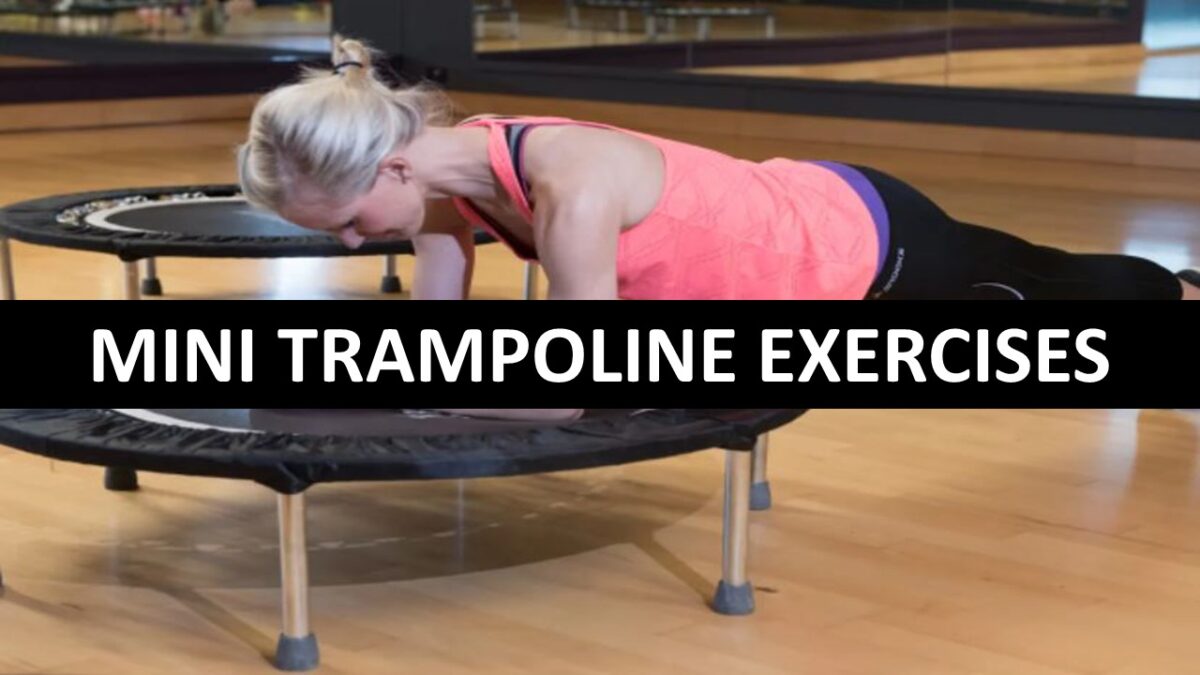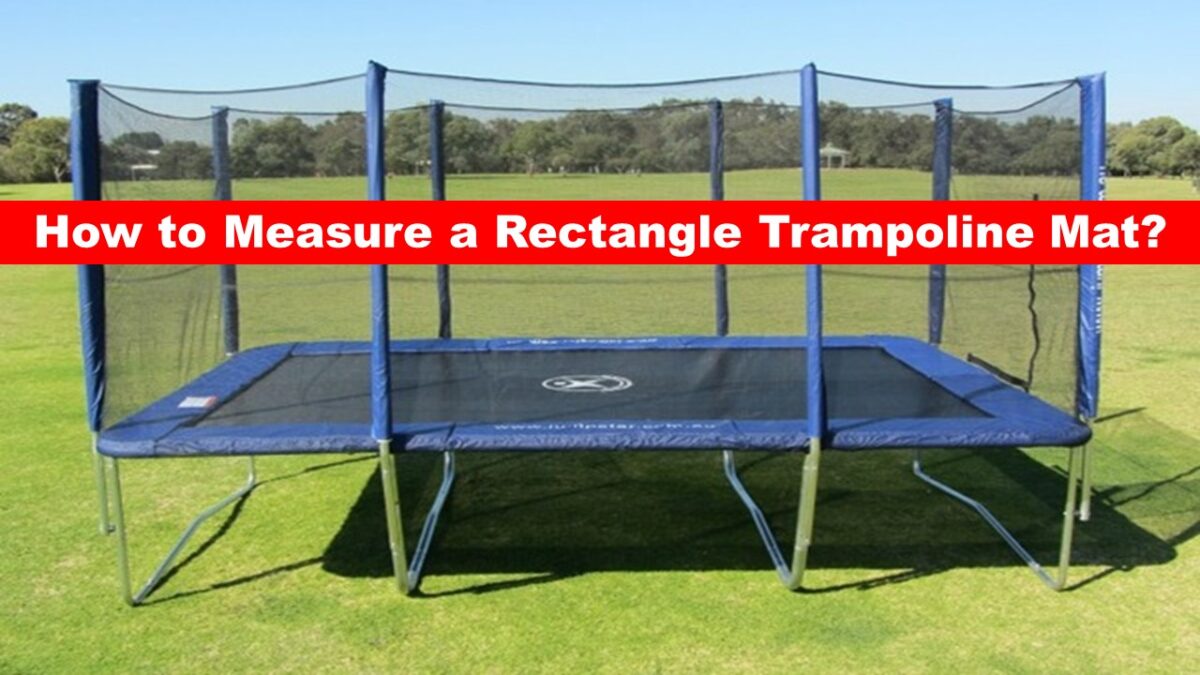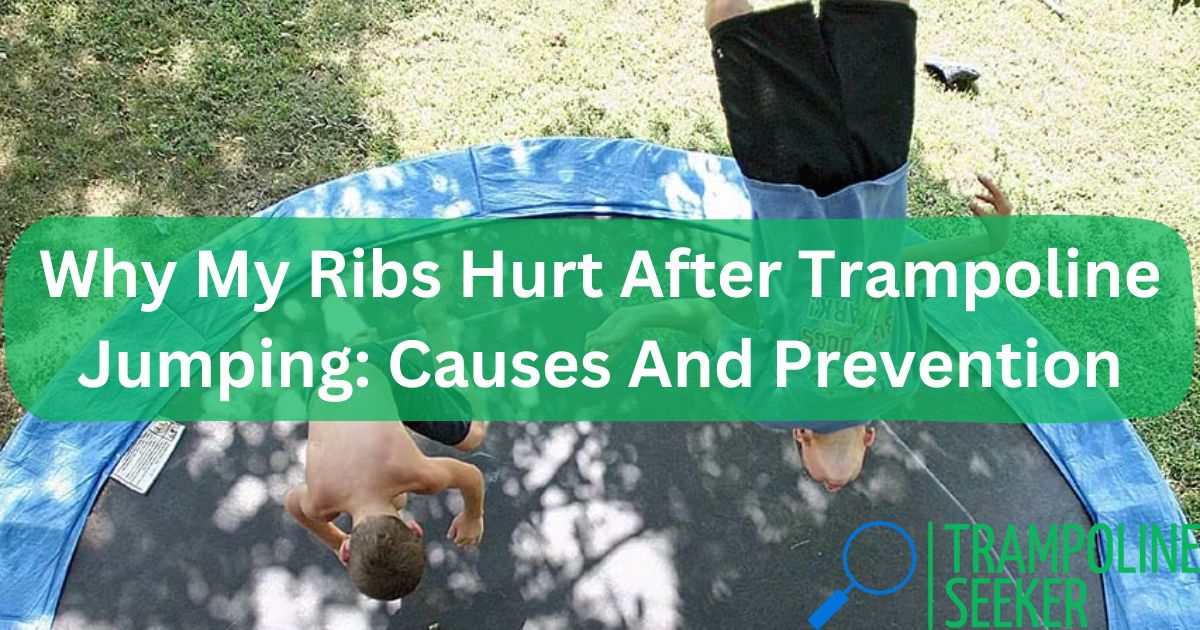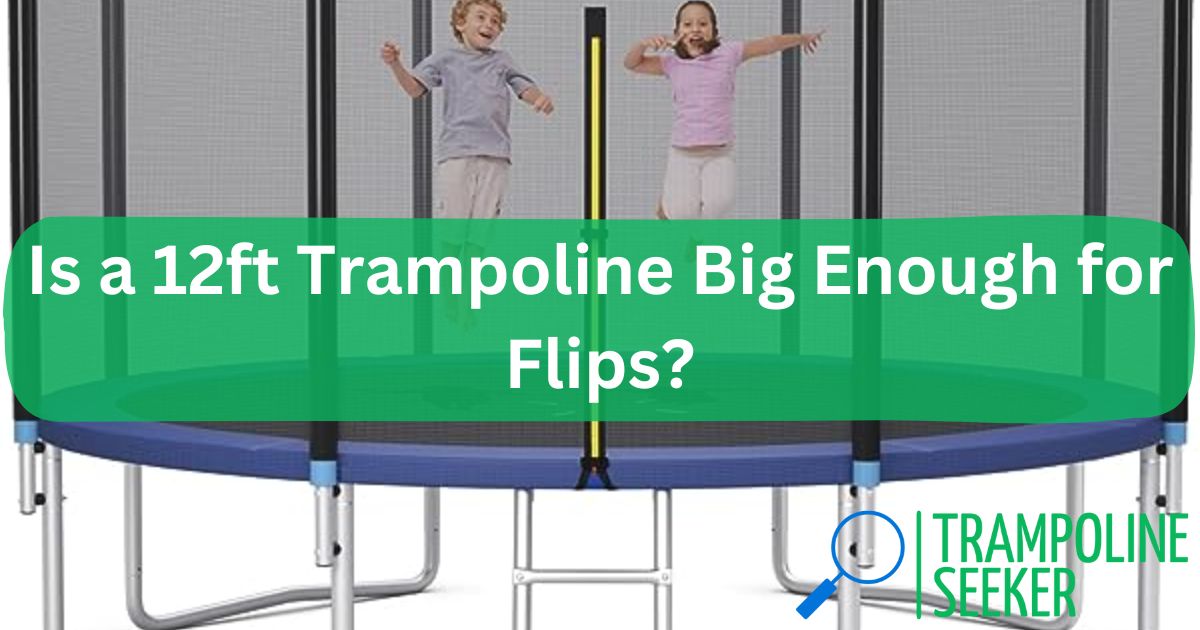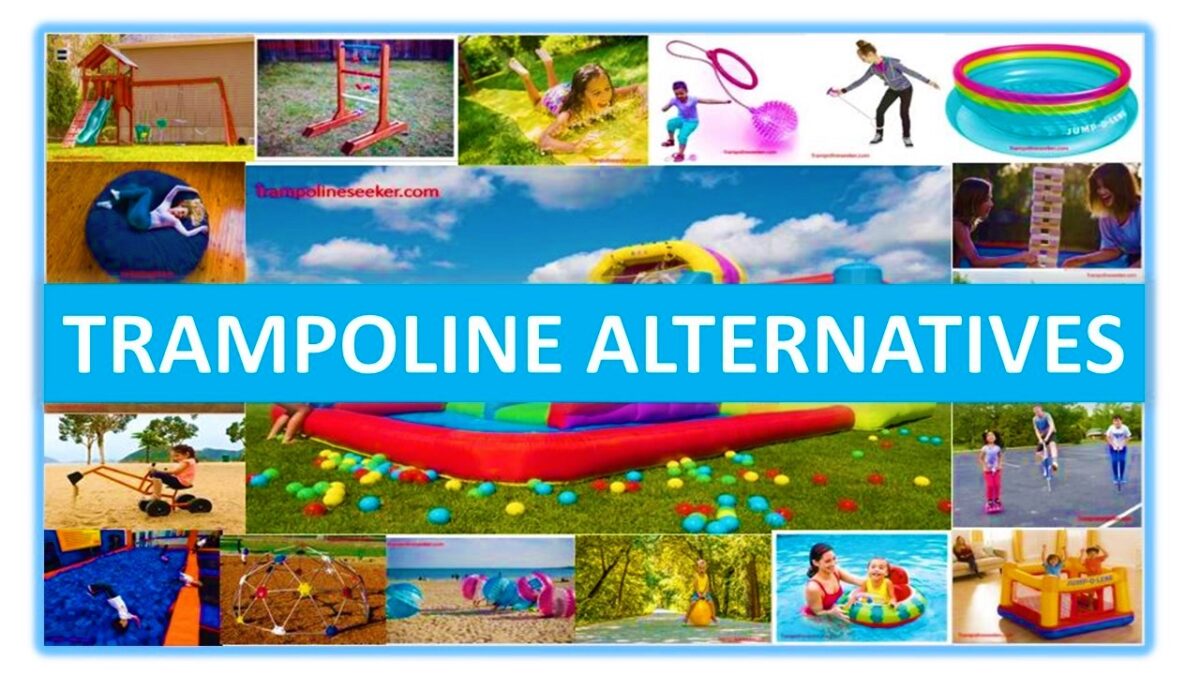With trampolines becoming a popular backyard activity for many families, parents want to know – what is the ideal age for kids to start using a trampoline safely? My general recommendation is to wait until children are at least 6 years old before allowing them to jump on a trampoline without close adult supervision. However, the appropriate age can vary depending on factors like the child’s coordination, balance, strength, and ability to follow safety rules. 🤔
Through this blog post I will outline my trampoline age guidelines based on developmental milestones and expert recommendations. I’ll also provide tips to enhance safety regardless of your child’s age. The key is active supervision and setting kids up for success by choosing the right trampoline for their age and skill level. 👍
So when is the right time to let your kids have bouncy fun on a trampoline? Keep reading to find out! 😁
Trampoline Age Recommendations 🔢
Here are my top trampoline age recommendations as an expert in child injury prevention and developmental milestones:
0-2 Years: Avoid Trampoline Use 🚫
I recommend no trampoline use for children under 2 years old. At this young age, kids lack the balance and coordination required to bounce safely. The risk of falls and injuries from improper landings is very high. Their neck muscles are also not strong enough to withstand the jarring motions of trampoline jumping. Wait until your toddler is older before introducing them to trampolines. 👶
2-4 Years: Jump Only with Adult Support ✋
For children 2-4 years old, I recommend allowing trampoline use only with direct adult supervision and contact. Have the adult hold the child’s hands or stand behind them with hands securely on the child’s waist. Focus on short bouncing sessions of 5 minutes or less. Jumping with an adult reduces the likelihood of falls and allows the child to learn proper balance and landing techniques. Consider an enclosed toddler trampoline if you have one in this age group. 👧
4-6 Years: Limit Jumping Time ⏱️
By ages 4-6, children may start developing the balance and coordination for independent trampoline bouncing. However, I still recommend closely monitoring them and limiting jump sessions to 10-15 minutes with mandatory breaks in between. Remind them to stay in the center of the mat and provide tips for safe landings with bent knees. An enclosed trampoline is ideal. Stress safety rules and do not allow flips or high bounces. 👦
6-14 Years: Follow Safety Rules ⚠️
From ages 6-14, most kids have the motor skills, strength, and balance for recreational trampoline use. But adult supervision is still essential during this age range to enforce safety rules. Limit jump time to 30 minute sessions and restrict high risk behaviors like flips, tag games, and rough play that can lead to injuries. Monitor any new tricks they want to try. Ensure your trampoline has padded coverings. ⚠️ This age range is when trampoline-related injuries most often occur, so vigilance about safety is key while still allowing them to have fun.
14+ Years: Monitor for Safe Use 👀
By age 14 and up, teens may be capable of safe, independent trampoline use with continued monitoring and safety reminders as needed. Reiterate the importance of avoiding risky maneuvers, single-person jumps, and bouncing for prolonged periods without breaks. Ensure your trampoline and its surroundings are well-maintained. Supervise and mentor younger jumpers if there are kids of varied ages. 👥
While teens likely have the capability for safe jumping, trampolines can encourage risky behavior in unsupervised teens. So ongoing supervision and open conversations are still recommended.
Additional Safety Considerations ⚠️
In addition to matching your child’s age and skill level with my trampoline recommendations, here are some key safety tips:
- Use a safety enclosure net on all sides of the trampoline mat
- Allow only one jumper at a time
- No somersaults or flips – ensure feet stay on the mat
- Install padding on the frame, springs, and hooks
- Place trampoline on a level surface away from structures
- No use in windy or wet conditions
- Maintain adequate spacing around the trampoline
- Inspect for wear, damage, and loose parts regularly
- Always supervise use and enforce rules
Proper set-up, monitoring, and trampoline features tailored to your child’s age will help minimize injury risks. But accidents can still happen, so adult vigilance is key. Never let young kids use a trampoline unsupervised. 👀
Developmental Factors to Consider 🤸♀️
Child development and individual ability – not just age – should inform your trampoline decisions. Here are some key factors I evaluate:
Balance and Coordination
- Can they stand on one foot for 5+ seconds without wobbling?
- Do they have good control and awareness of body movements?
- Can they smoothly transition between positions and surfaces?
Strength
- Do they have adequate core, back, and leg strength?
- Can they easily get on the trampoline without assistance?
Following Directions
- Do they pay close attention to rules and safety guidelines?
- Will they stop jumping immediately when told?
Risk Judgment
- Do they recognize abilities/limits and behave cautiously?
- Can they identify and avoid dangers independently?
Assessing these factors can provide deeper insight into your individual child’s readiness beyond just their age. Developing skills like balance, coordination, strength, and risk awareness are key prerequisites for safe trampoline play. 👍
Matching Trampolines to Ages 🪀
Choosing an age-appropriate trampoline model tailored to your child’s size, skill level, and safety needs is also key.
Here are my top picks for best trampolines based on age:
Toddlers 👶
- 36-inch mini indoor trampolines
- Enclosed circular trampolines with handrails
- Low, tight spring coverings
- Padding on frame and poles
Young Kids 👦👧
- 6-8 foot trampolines with safety enclosures
- Mesh netting or cage enclosures preferred
- Padded spring covers and frame
- Rectangular or circular shape
Older Kids/Teens 🧒
- 8-14 foot trampolines
- High weight limits of 250+ lbs
- Taller enclosure nets
- Durable build for frequent use
- Padding in high traffic areas
Choosing the ideal size, safety features, and durability ensures an enjoyable trampoline experience tailored to your child’s age.
Conclusion 💭
To summarize key points from this blog:
- Children under 6 years old should not use trampolines without direct adult supervision
- Optimal trampoline age is 6-14 years old with continued safety monitoring
- Consider developmental factors like balance, strength, and risk judgment
- Select age-appropriate trampoline models with safety features
- Enforce time limits, forbid flips/risky maneuvers, pads covers, one jumper at a time
- Ongoing adult supervision is essential for safety and injury prevention
Trampolines can be a fun activity for kids of many ages with proper precautions. Use my age recommendations and safety tips to make informed decisions about if and when your child is ready to start bouncing. Consider their individual skills and choose a trampoline tailored to their needs. With preparation and monitoring, trampoline fun can be safe for kids! 👍
Let me know if you have any other trampoline questions – I’m happy to help ensure your child has a safe, enjoyable experience!
Articles You May Like to Read:


